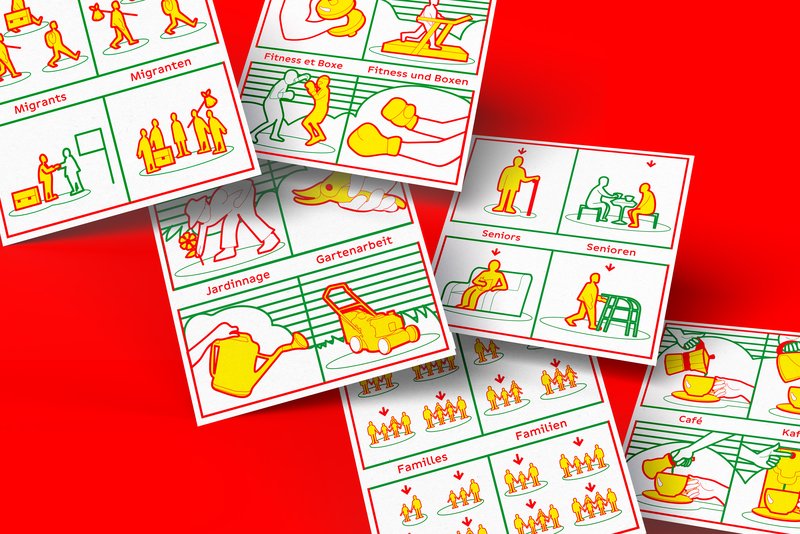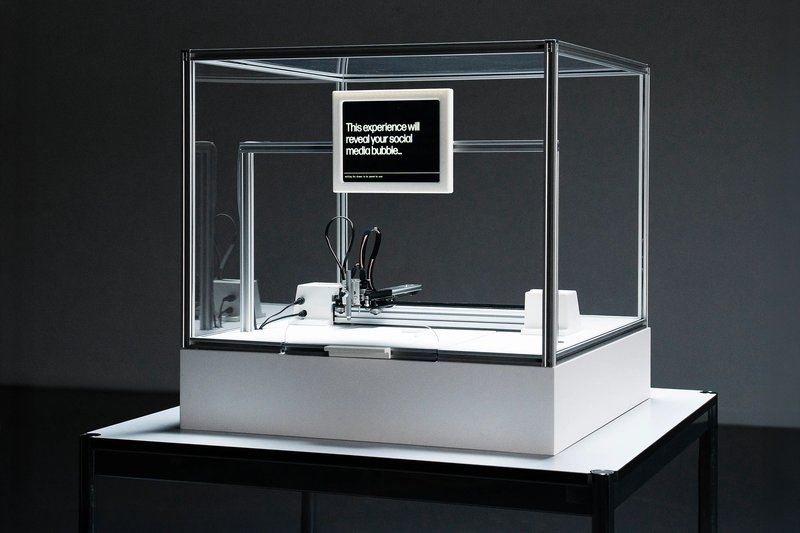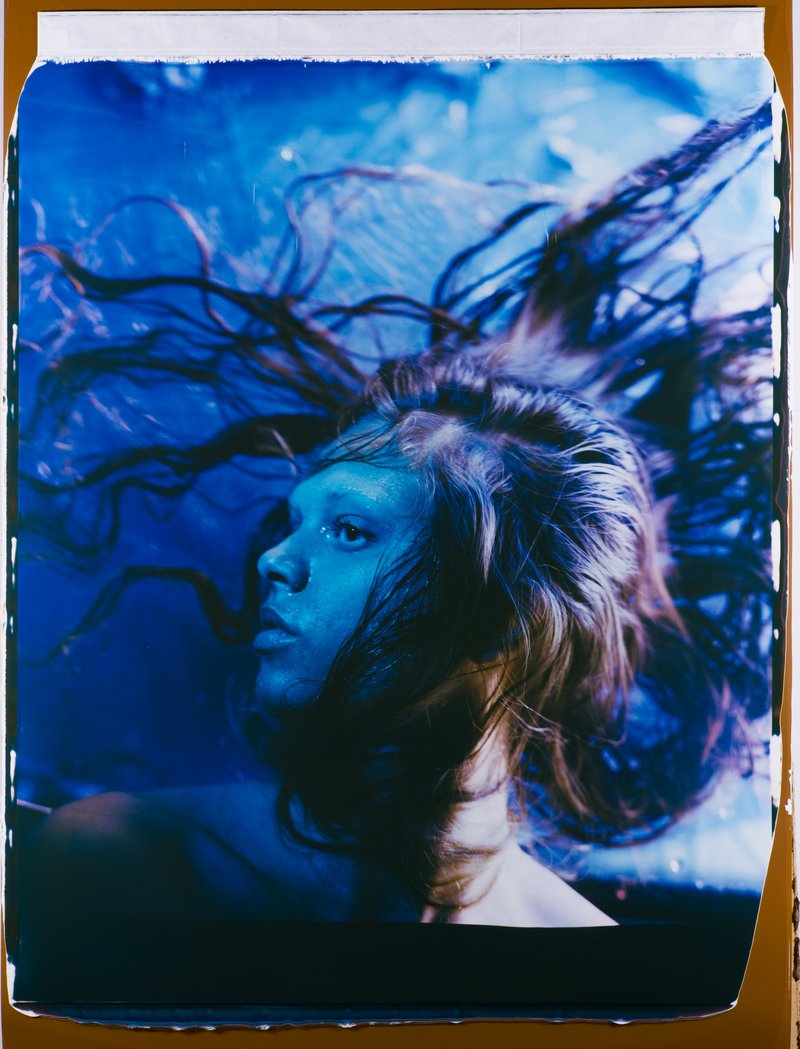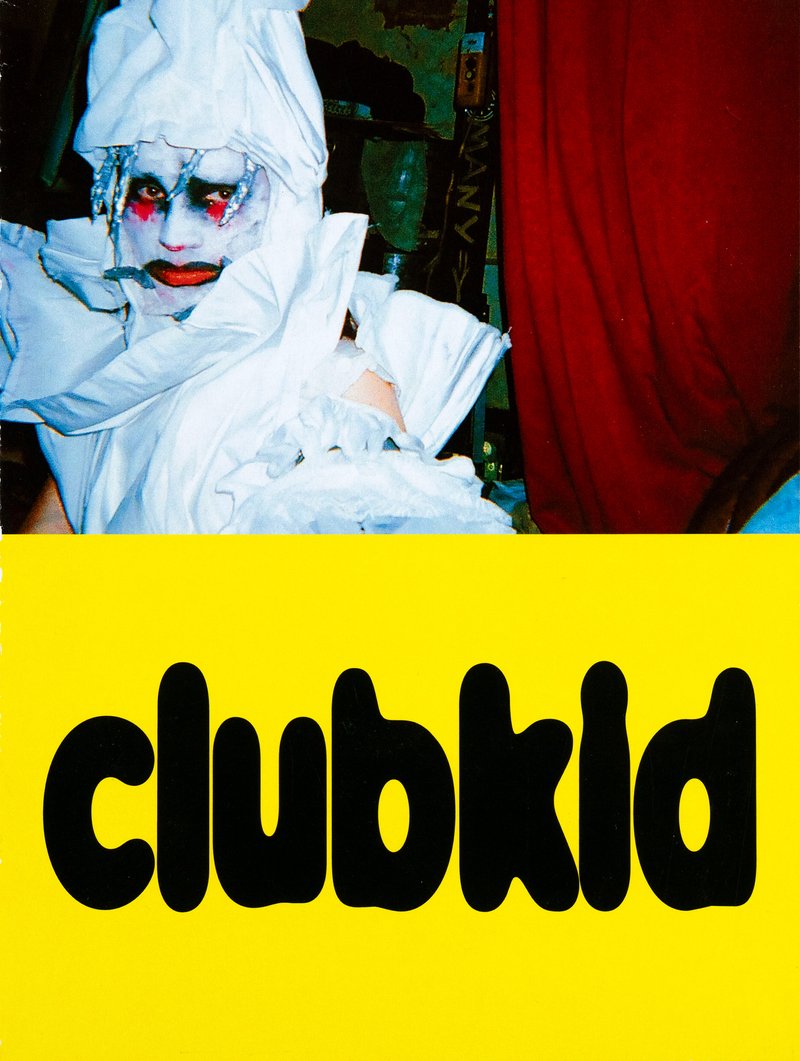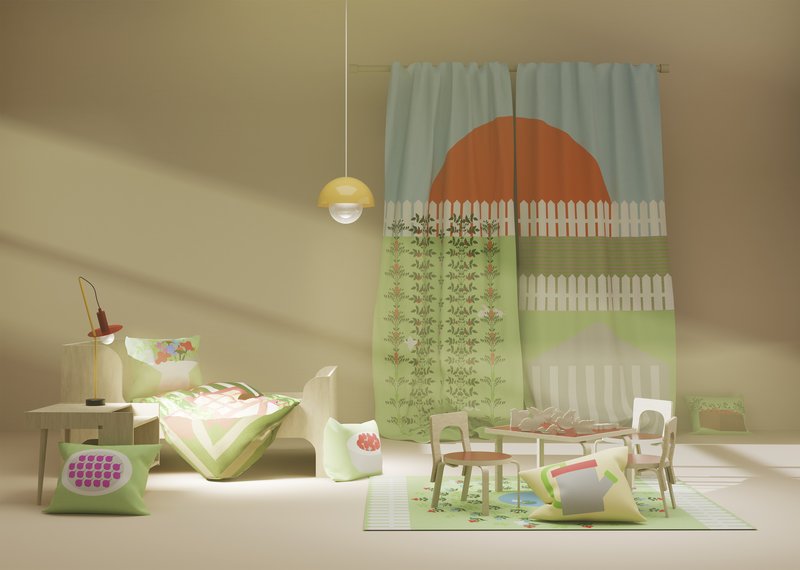I as an Island
Like Robinson Crusoe scavenged the wrecked ship for materials to build his home, First Year Master Product Design students, guided by Chris Kabel, were invited to delve into the flotsam of their creative minds for this open workshop. The workshop began with collecting, organizing, and analyzing creative flotsam and jetsam to create a self-portrait as a designer.
Unrealized projects, obsessions and fascinations, irritations, vague dreams, (bad) jokes, and ideas too weird to talk about—all these resided within a designer's mind. Beginnings already existed: inspiring photos on phones, inviting materials, first ideas hastily scribbled down, quick sketches on paper, half-baked assemblages, or flimsy maquettes.
These fragments and particles were analyzed to discover the kind of designer each participant was, extracting a direction for development during the week. This process of analysis, ideation, and translation, including the ‘end result,’ became visible as an island, shaped and populated by each individual's design process. It featured fragile beginnings, iterations, and the choices made along the way, culminating in a final conclusion shaped by material samples, shape research, 3D sketches, the development of a mechanism, a campaign, a film scenario, or whatever else was distilled from the initial flotsam.
Workshop
(2024)
with
Chris Kabel
- Assistants
-
Yohanna Rieckhoff
- Students
-
Louis Bosnjak,
James Caruso,
Marco Ciacci,
Adam Friedrich,
Takumi Ise,
Carl Johan Jacobsen,
Natsumi Komoto,
Wei Li Chung,
Oscar Massaud,
Min Xiyao,
Yeonsu Na,
David Ortiz Quintero,
Alicia Stricker,
Brice Tempier,
Liyah Tomashof,
Cedric Zimmerman
- Workshop
- 1st Semester
- Know-how
-
Installation,
Portrait
